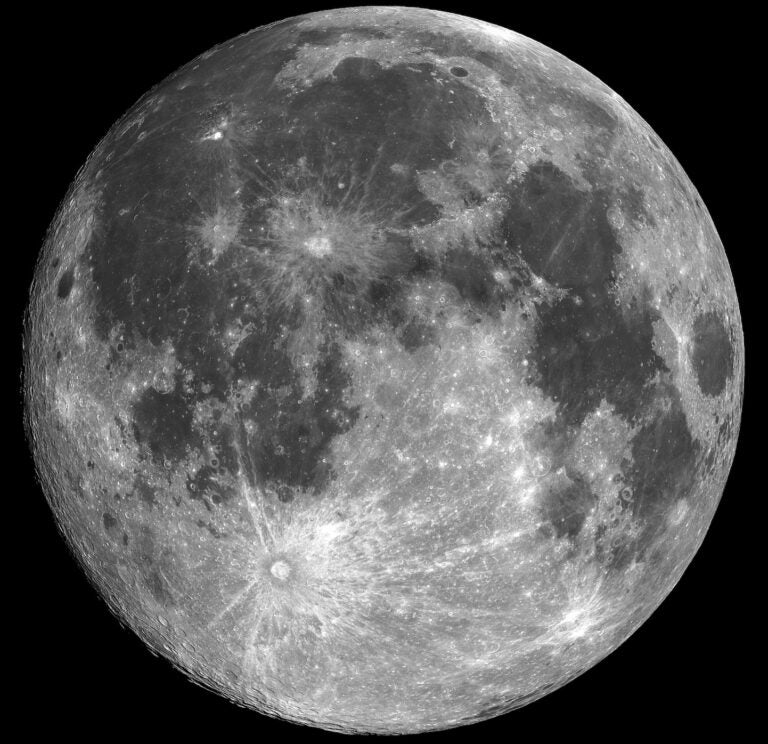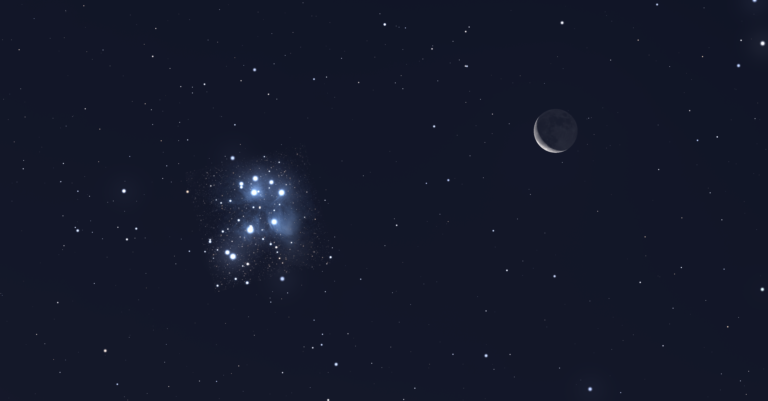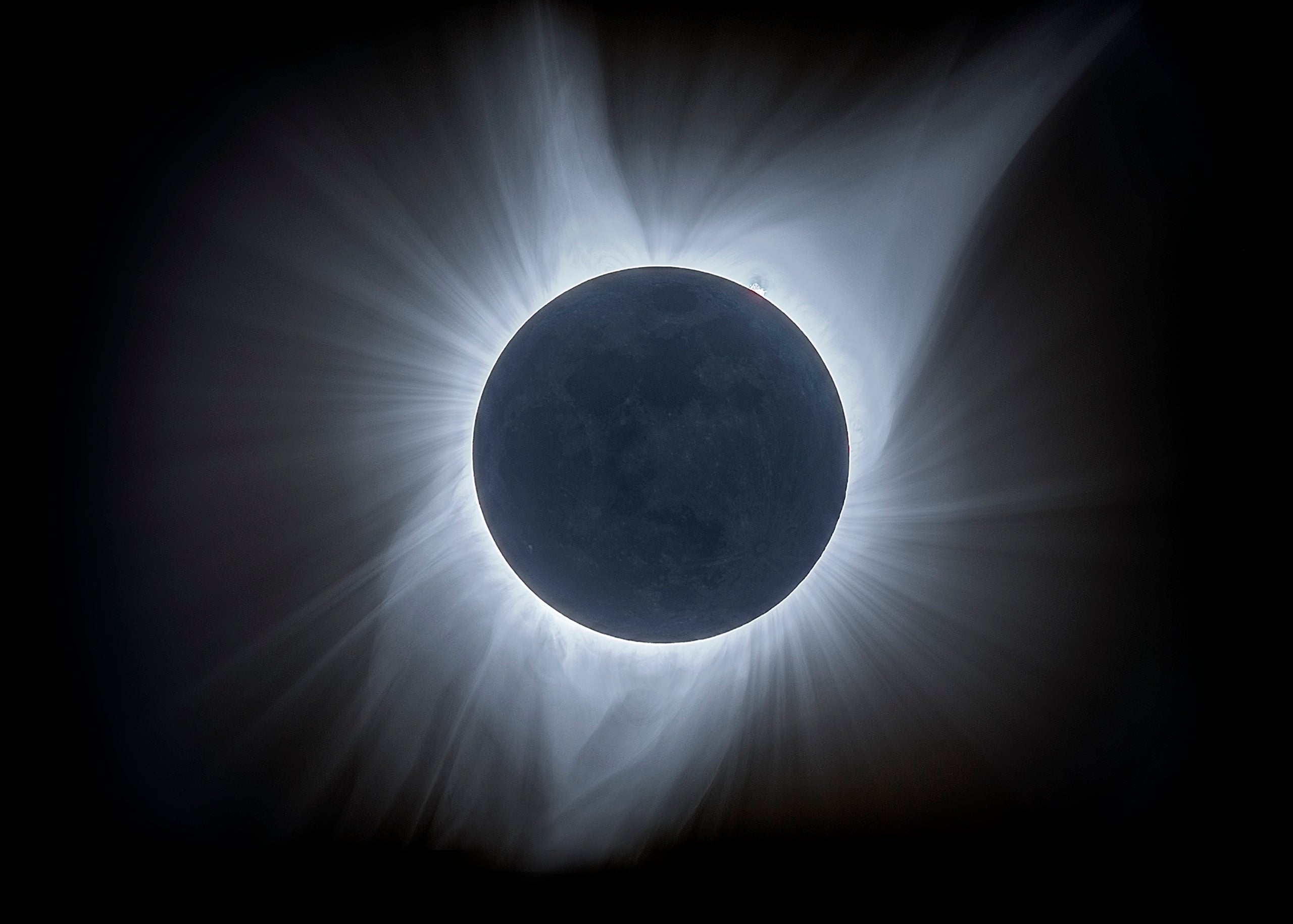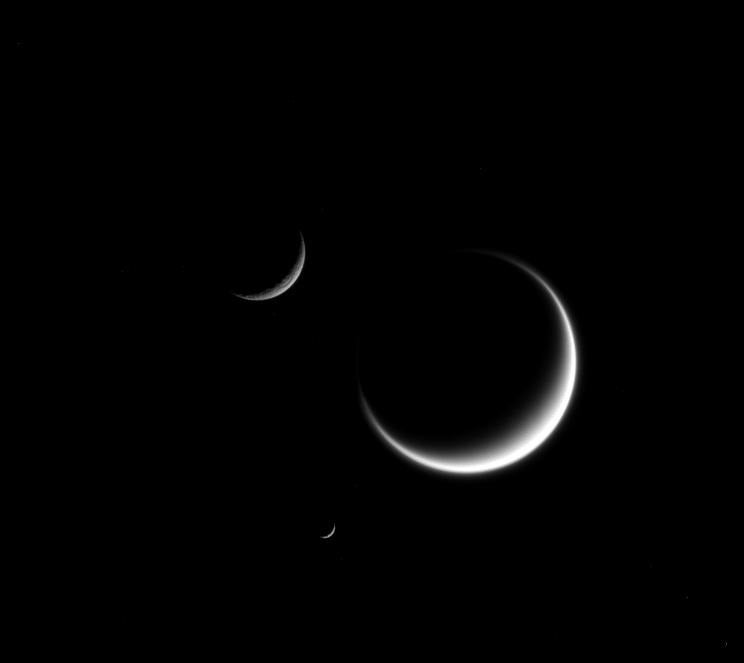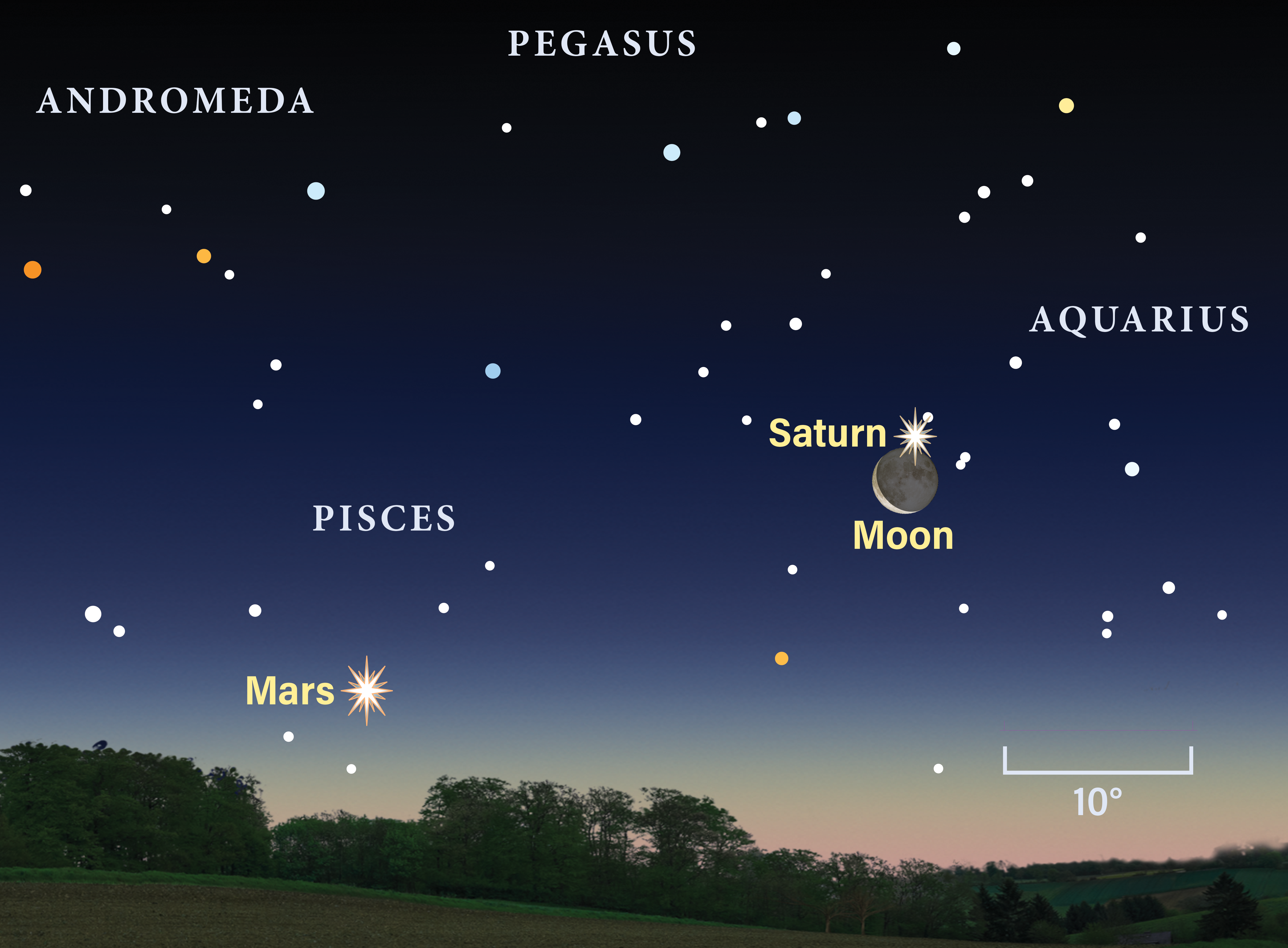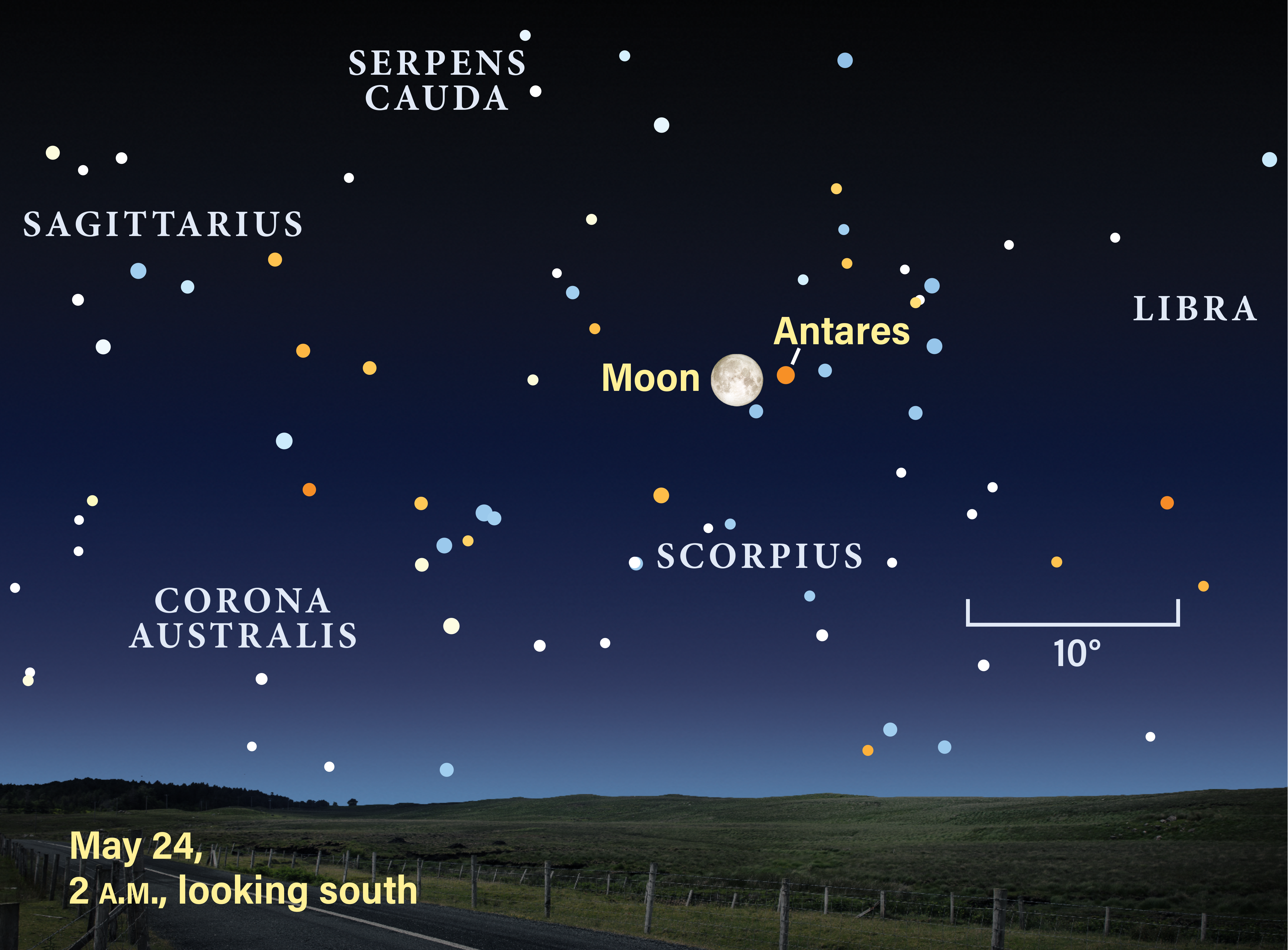It may seem cruel and unusual that days get shorter the moment summer begins. But this expansion of night is ideal for exploring the shadowy topic of darkness.
Actually, the only convenient way to experience full darkness is to lock yourself in a closet. The night certainly isn’t black; even in the most rural regions, the heavens aren’t truly dark. The source of this illumination is the sky itself.
The name for the sky’s natural fluorescence is airglow. It was discovered by Swedish physicist Anders Ångström in 1868, and it’s caused by incoming solar particles exciting our atmosphere’s gases to produce an effect like constant miniature, widespread aurorae. This background glow varies greatly, but can be up to three times brighter than the combined light of all the stars. That’s part of why you can still see where you’re going even at night on the darkest country road — as long as you’re under the sky, rather than a forest canopy.
So if night is not truly dark, what is? Coal and asphalt only seem black compared with more reflective objects viewed in identical conditions. A light meter — remember those? — can confirm that a black cat in sunlight is still 2,000 times whiter and brighter than a white cat under a Full Moon. What’s dark in one situation can be light in another.
What about a black hole? Here finally is something that’s pitch black under all conditions, as long as you observe it from the outside — an excellent safety precaution. But inside these dead suns there’d be plenty of light, since once you pass the event horizon, you’d still see by the light of all the infalling photons around you.
We care so much about blackness that some of us own sky-quality meters, which quantify celestial brightness in magnitudes per square arcsecond. These units also measure surface brightness, whose importance we saw early this year as we struggled to glimpse Comet Leonard. When 5th magnitude, the comet might have seemed to match the Little Dipper’s faintest star, visible with the naked eye. But as we know, a star’s brightness is concentrated in a point, while a comet has it smeared over a large area, which changes everything.
For you to really see any celestial object, it must be brighter than its background. The glow of a cigarette at the Moon’s distance would be a 30th-magnitude dot, technically detectable by the Giant Magellan Telescope. But since the sky is always brighter than that, the job of enforcing lunar no-smoking ordinances would be challenging for Earth-based police, provided they’re observing visually.
Human vision has more than a mere darkness-cutoff point. We’re equipped with two radically different light-detection systems. Backyard astronomers often use their scotopic mechanism, consisting of some 120 million rod-shaped retinal cells. These are sensitive to low light levels, letting some of us see the Andromeda Galaxy or even the Hercules Globular Cluster from dark backyards without optical aid. But these cells need a few minutes of stimulation to work and are best when dark adapted. They also suffer from colorblindness, unable to observe deep reds. Worst of all, rods deliver only 20/200 resolution. Thus, as pointed out on this page long ago, a galaxy’s blurriness comes not from your telescope but your eyesight. Nobody has ever visually seen intricate galactic detail, not even when allowed to peek through the world’s largest telescopes.
When a celestial object’s brightness exceeds a certain level that varies with wavelength, our eyes switch to their 6 million cone-shaped cells, giving us photopic vision. Now we see in full color and get instant results with 20/20 sharpness. Knowing this explains why stars too dim to show color when viewed with the naked eye, like the Pleiades, burst into their true blue when binoculars ramp up their brightness.
Meanwhile, if you really want to see what black is like — I’ll meet you in the closet.



